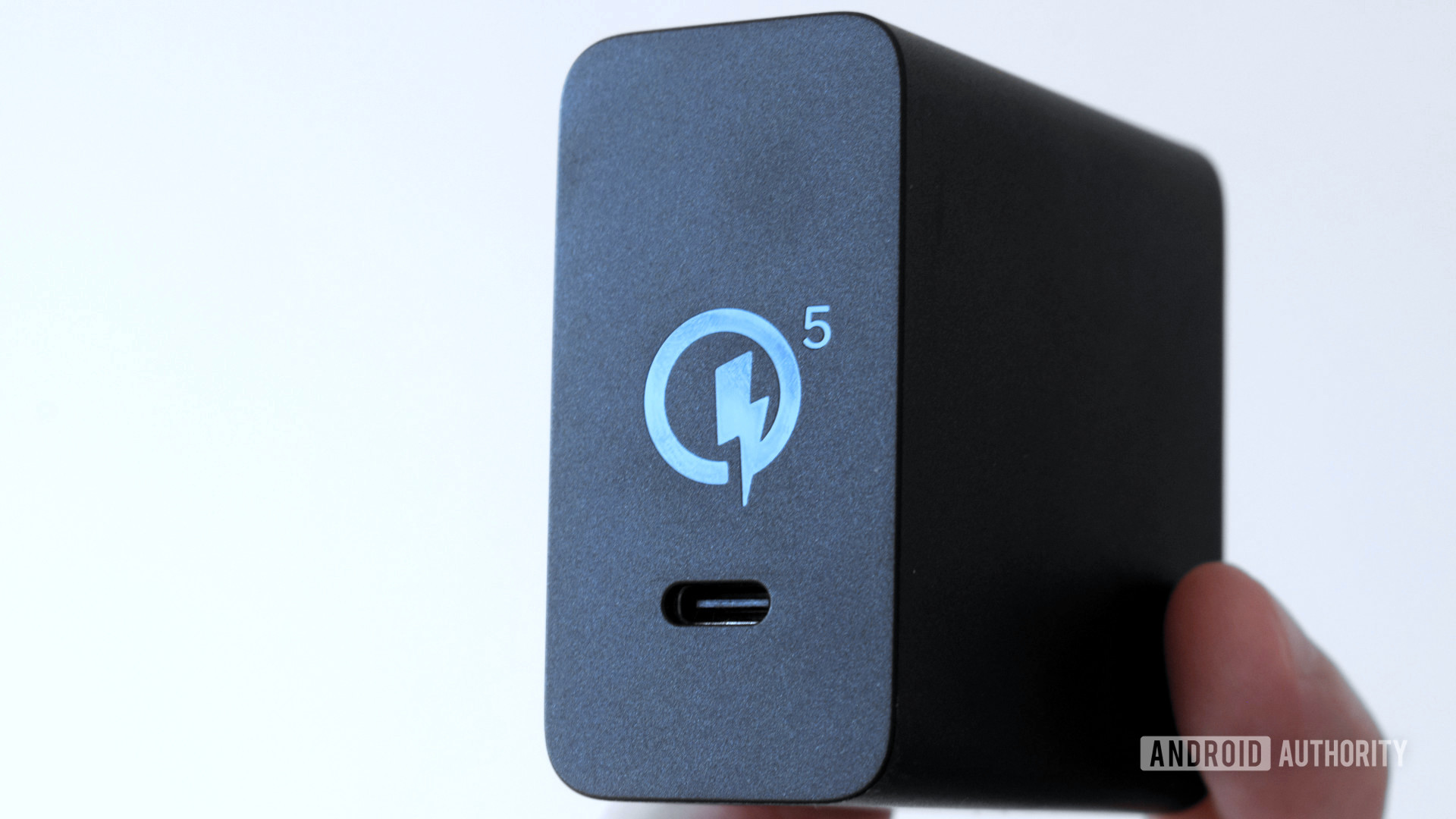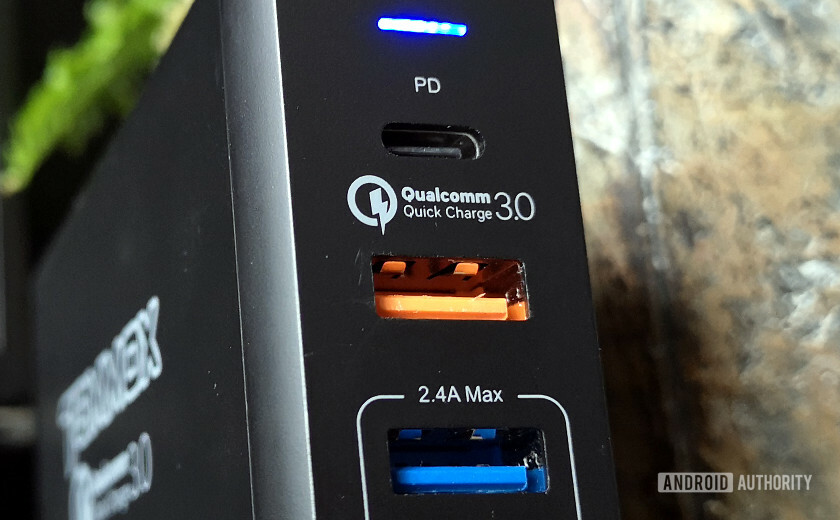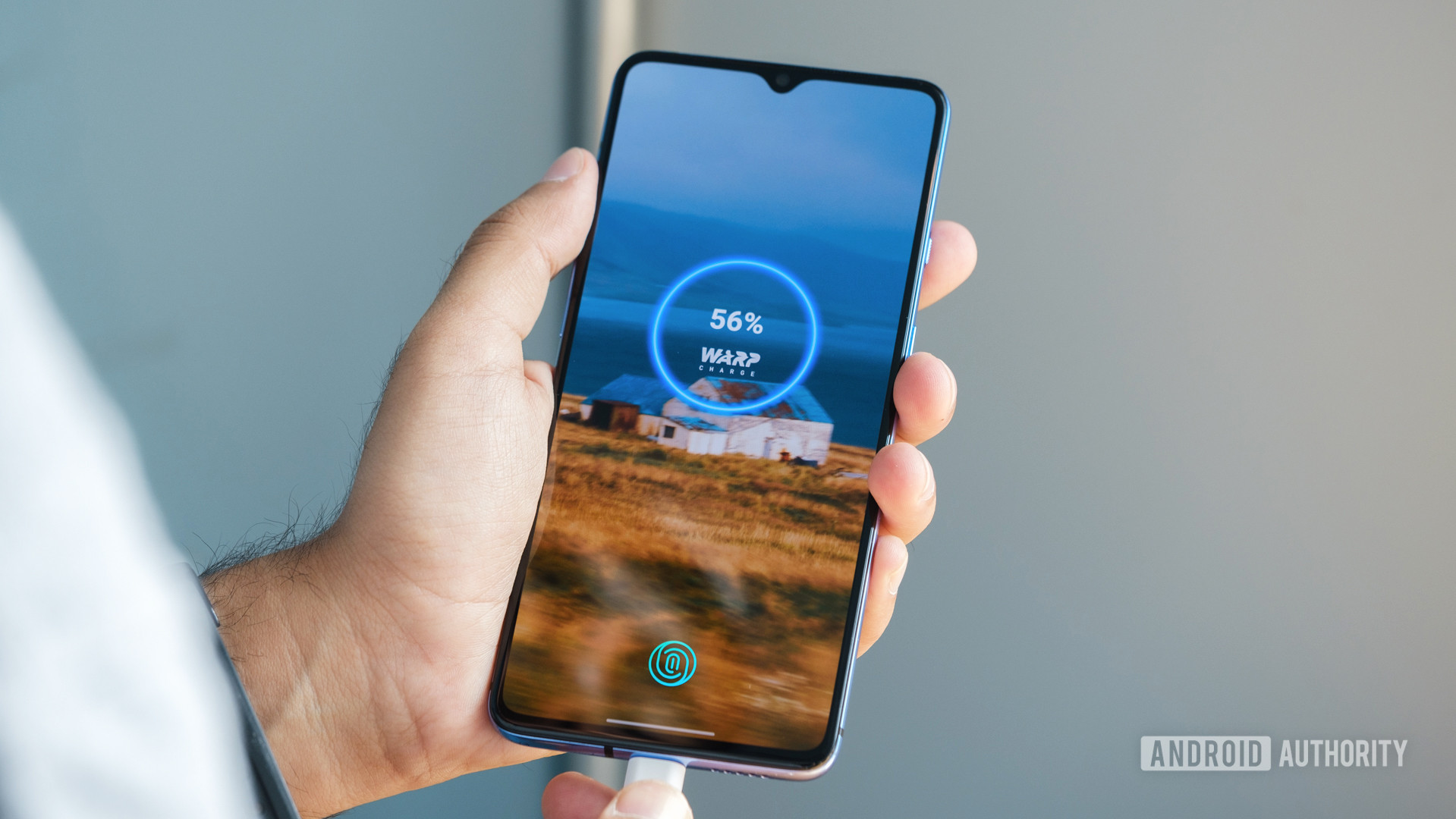
Robert Triggs / Android Authority
With smartphone battery capacities increasing alongside the introduction of more power-hungry hardware, fast charging on modern-day smartphones has become a feature most of us take for granted. Many Android devices these days can be fully charged up within an hour or less. And while we have several competing fast-charging protocols in the industry today, Quick Charge was and still is among the most widely used of them all.
In the context of modern handheld smartphones, Quick Charge refers to a power management technology developed by Qualcomm. It’s supported by all Snapdragon SoCs dating back to 2013, although it’s up to device manufacturers to implement. Over the years, however, Quick Charge has seen numerous changes and revisions — some more impactful than others.
Also read: The best wall chargers – A buyer’s guide
In this article, we’ll take a closer look at Qualcomm’s Quick Charge fast charging technology, how it works, and whether or not its presence should influence your smartphone buying decisions in the future.
What is Qualcomm Quick Charge?

Robert Triggs / Android Authority
In a nutshell, Quick Charge allows you to charge up your device significantly faster than legacy USB chargers. It was once the dominant fast charging technology in the Android ecosystem. Manufacturers can add support for the technology relatively easily as the logic is already built into Snapdragon SoCs.
Even though many phone manufacturers offer their own charging protocols these days, many devices include support for Quick Charge as a secondary fast charging option. For its part, Qualcomm claims that its technology still has benefits in terms of heat management, efficiency, and longevity of the battery itself.
If you’re wondering why the smartphone industry ever needed dedicated fast charging technologies, it’s because Quick Charge came into play years before industry-wide fast charging standards like USB Power Delivery (PD). The original USB specification topped out at a mere 5 Volts and 500 milliamps (0.5A). Newer USB 3.0 ports can handle 0.9A, but that’s nothing to write home about either. For context, it would take hours to fully charge a modern smartphone at that rate.
Quick Charge paved the way for faster charging on Android devices long before standards like USB Power Delivery were introduced.
Before Quick Charge, most early Android devices adopted the USB Battery Charging (BC) standard that allowed devices and chargers to negotiate up to 1.5A of current at the same 5V. This allowed phones to draw 7.5 watts of power.
Read more: Fastest charging cables: Which one is best for you?
The first-ever Quick Charge version offered only a small boost over the USB BC specification, up to 10W. The bigger advantage, though, was that every smartphone running the Snapdragon 600 SoC supported the feature. This enabled Quick Charge to make its way to as many as 70 devices — including a number of high-profile smartphones like the Nexus 4 and Lumia 920.
Qualcomm enjoyed an early mover advantage with Quick Charge throughout the mid-2010s and quickly became the de facto standard for fast charging on Android. Consequently, most fast chargers bundled with smartphones during this time supported some version of Quick Charge.
There’s an easy way to check if your charger supports Quick Charge — simply look for the logo (as shown in the image below). It doesn’t matter if the charger was made by Samsung, Motorola, or a smaller third-party company — Quick Charge is universal and brand-agnostic. As long as your device has the requisite circuitry, it will support any charger compatible with the standard.
Quick Charge over the years: What changed?

The Quick Charge 1.0 standard offered a new power management integrated circuit design that allowed devices to charge at up to 10W. However, most supported devices like the Nexus 4 and Galaxy S3 continued to ship with chargers with more conservative power figures. All in all, this 1.0 release simply paved the way for future iterations of the technology. Since then, we’ve had four more revisions to the standard.
Quick Charge 2.0 was much more radical in its approach than the first version. It introduced the concept of charging devices at higher voltages than the USB standard’s 5V recommendation.
Since power is a function of voltage and current, you can increase either to charge a battery quicker. However, pushing more current through a wire has its drawbacks. For one, increasing the current draw results in increased heat output as well, due to the Joule heating effect. Choosing to elevate the voltage level instead helps prevent this. There’s also one more advantage — voltage drops over longer wire lengths become less problematic.
To that end, Quick Charge 2.0 offered up to 18W of power by providing additional 9V and 12V voltage levels. Like the first generation of the standard, though, implementations varied from one device to another. Eventually, most chargers settled on one of two combinations to reach 18W: 9V and 2A or, the less common alternative, 12V and 1.5A.
Quick Charge was one of the first fast-charging protocols to push for higher voltage levels than the USB standard’s 5V recommendation.
A year later, Quick Charge 3.0 introduced variable voltage levels. This meant that the device and chargers could negotiate between 3.6V and 20V, in 200mV increments. Achieving a fine balance between voltage and current allowed Qualcomm to offer even better efficiency and reduce heat dissipation.
Quick Charge 4.0, released in 2017, was another radical departure from the previous standard. Its headlining feature was compatibility with the USB-PD standard. The new specification offered even more power — up to 27W through USB-C ports. While operating in this USB PD mode, Quick Charge 4 delivers its power via a fixed 5V or 9V at up to 3A. A minor revision, dubbed 4+, also improved the protocol’s thermal management capabilities and backward compatibility.
Finally, Quick Charge 5 recently brought support for 100W charging and USB PD PPS — or Programmable Power Supply. It implements a similar variable voltage technology to Qualcomm’s Quick Charge 3.0 but is far more universal and widely supported. Our own testing showed that the latest standard can be faster than PPS, depending on the implementation.
Qualcomm Quick Charge versions at a glance
| Voltages | Max Current | Max Power | |
|---|---|---|---|
| Quick Charge 1.0 |
Voltages: 5V |
Max Current: 2A |
Max Power: 10W |
| Quick Charge 2.0 |
Voltages: 5 / 9 / 12V |
Max Current: 3A |
Max Power: 18W |
| Quick Charge 3.0 |
Voltages: 3.6 – 20V (200mV increments |
Max Current: 2.5 / 4.6A |
Max Power: 18W |
| Quick Charge 4+ |
Voltages: 3.6 – 20V (200mV increments) QC Mode |
Max Current: 2.5 / 4.6A QC Mode |
Max Power: 18W QC Mode |
| Quick Charge 5 |
Voltages: 3.3 – 20V |
Max Current: 3A, 5A, >5A modes |
Max Power: 100W |
Quick Charge backward and cross-standard compatibility is explained in Qualcomm’s diagram below.

Do you need Quick Charge in your next smartphone?

Quick Charge was once the dominant fast charging protocol in the Android ecosystem. However, that’s no longer the case for new devices. With increasing and cut-throat competition, manufacturers are now using faster-charging speeds as a key differentiator for their flags
hip smartphones. Chinese brands, such as OnePlus and Oppo, offer proprietary standards like Warp Charge. Meanwhile, Apple, Google, and Samsung have adopted the more universal USB Power Delivery standard.
See also: The best wired and wireless Samsung Galaxy charging options
Yet, as we have already mentioned, the latest Quick Charge 5 standard may not always be the most common or even the fastest standard around. However, it’s certainly one of the most mature protocols with a long-standing reputation. Additionally, support for USB PD and PPS standards means that you’re not sacrificing industry-standard protocols for a proprietary one like you would with, say, Warp Charge. The latest version of Quick Charge has moved beyond smartphones, extending its capabilities to tablet and laptop charging as well.
In summary, Qualcomm Quick Charge is a feature that’s not vital anymore, but handy to have nevertheless. That’s especially true if you’ve amassed a small collection of Quick Charge third-party adapters or power banks over the years.








